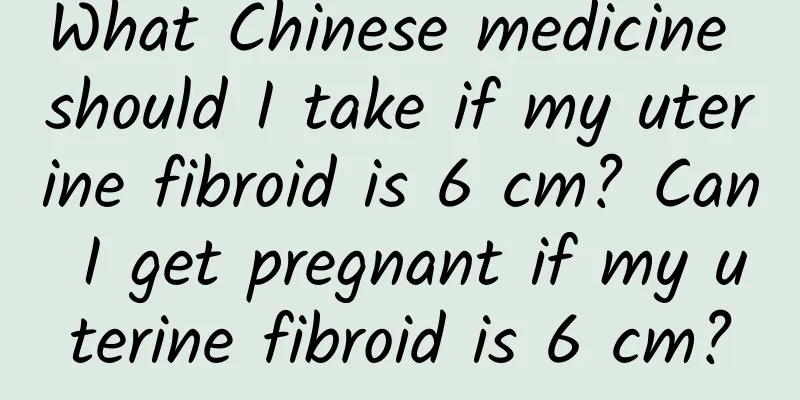Introduction to the three major types of uterine fibroids

|
Uterine fibroids are benign tumors that occur in the smooth muscle tissue of the uterus. The types of uterine fibroids can be divided into three categories according to their growth location and relationship with the various layers of the uterine wall. Let's take a look at what these three types of uterine fibroids are. The three main types of uterine fibroids are: 1. Uterine fibroids all start from the myometrium. If the fibroids are always located in the myometrium, they are called "intramural fibroids" or "stromal fibroids". Intramural fibroids are often multiple, with an indefinite number. There are often one or several large ones, or sometimes many small tumor nodules, distributed throughout the uterine wall, fused in irregular masses, forming multiple uterine fibroids. Multiple uterine fibroids are the most common type of uterine fibroids and are relatively easy to treat. 2. During development, the cervix is involved or reaches deep into the fornix, which can be easily confused with primary cervical fibroids. Intramural fibroids have better blood circulation, and generally the tumors rarely degenerate. However, they can cause severe deformation of the uterine body and affect uterine contraction. As the uterine volume increases and the endometrial area increases, they often cause menorrhagia, excessive menstruation, and prolonged menstrual duration. During the growth and development process, fibroids often develop in the direction of less resistance. When they protrude into the uterine cavity, their surface is only covered with a layer of endometrium, which is called "submucosal uterine fibroids", and they are even only connected to the uterus by a pedicle. 3. If the fibroid develops toward the abdominal cavity, it may be connected to the uterus by only one pedicle, becoming a pedicled subserous uterine fibroid. The blood vessels contained in the pedicle are the only blood circulation of the fibroid. If the pedicle is twisted, the pedicle may necrotize and break off, and the fibroid will fall off into the abdominal cavity, sticking to adjacent organs and tissues such as the greater omentum and mesentery, obtaining blood nutrition and becoming a "parasitic fibroid" or "free fibroid". This type of uterine fibroid can partially twist or block the blood vessels of the greater omentum, causing leakage, forming ascites and other abdominal symptoms. The above is an introduction to the three major types of uterine fibroids based on their growth location and their relationship to the various layers of the uterine wall. I hope it can help you. If you have more questions, you can consult our online experts for free. For more information, please visit the uterine fibroid disease special topic at http://www..com.cn/fuke/zgjl/ or consult an expert for free. The expert will then give a detailed answer based on the patient's specific situation. |
<<: Note: Be careful of irregular menstruation when the following symptoms appear
>>: Routine examinations before abortion
Recommend
How often should sanitary napkins be changed?
The frequency of changing sanitary napkins is a c...
What is the reason for scanty menstruation?
What is the reason for scanty menstrual flow? Men...
Does a right ovarian cyst of more than 20 need treatment? What should I pay attention to in my diet?
Does the right ovarian cyst need to be treated fo...
What should I do if my menstruation comes once every two weeks?
What should I do if my period comes once every tw...
How to get pregnant with adenomyosis
Adenomyosis is a very common gynecological diseas...
Drinking one sugary drink is equivalent to eating 23 sugar cubes
If you walk 3 steps along the street, you will se...
What causes adnexitis?
There are many types of gynecological diseases in...
Why does pelvic inflammatory disease hurt? Pressure on the pelvic cavity
Pelvic inflammatory disease can cause pain in the...
What is the reason for the pelvic effusion to be 2.2CM deep? Is the pelvic effusion serious?
Pelvic effusion is a common gynecological inflamm...
Nursing experience of endometrial tuberculosis
Patients with endometrial tuberculosis often see ...
What is the cost of treating intrauterine adhesions?
The thought of treatment gives ordinary families ...
What are the main symptoms of female vaginitis
There are many female patients suffering from vag...
How long does it take for cervical precancerous lesions of grade 2 to recur after surgery?
I believe that for many female friends, physical ...
How to treat uterine fibroids better? Common treatment methods for uterine fibroids
In recent years, the incidence of uterine fibroid...
Will repeated abortions cause infertility? Pay attention to the three causes of infertility
Everyone knows that frequent abortions will affec...









